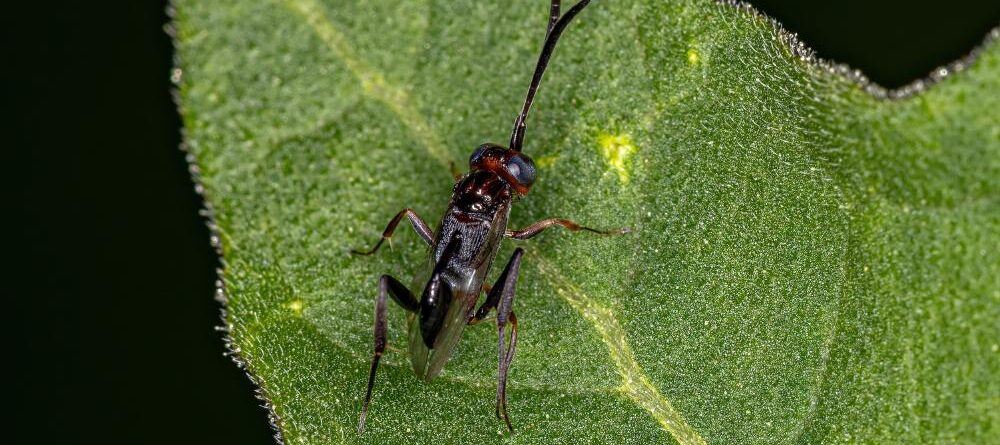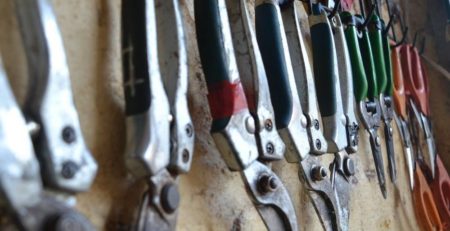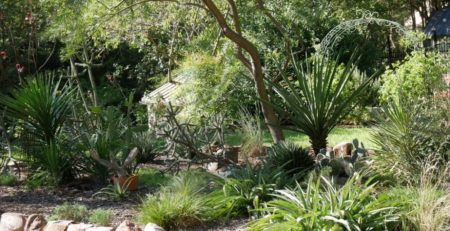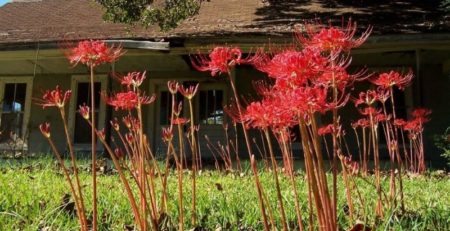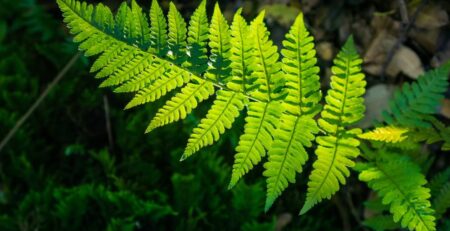Ensign Wasps: Exterminator Extraordinaire
Southerners do not like cockroaches! But that is not entirely true. Pest control employees are grateful for the job security they provide. But most people detest them in their residences. That brings us to the question of whether an insect is friend or foe. To the cockroach, we humans are friends, since we leave out food crumbs, trash cans, paper and even soap scum, in a nice temperature controlled environment. But to the cockroach, the Ensign wasp, is a feared enemy, yet this little wasp is our friend.
The first such wasp (Evania appendigaster (L.)) found in the U.S. was in Washington, D.C., in June of 1879, although those found in amber resin date back 150 million years ago. Cockroaches have been on the earth twice as long, and came to the U.S. in the 17th century from Asia and Africa. It is presumed that the Ensign wasp’s origin is Asia, but thankfully, they are here to stay. Visual identification is relatively easy, with the “abdominal petiole attached near the top of the propodeum” (abdomen nearest head), with the female’s gaster (the rest of the abdomen) in a nearly triangular shape, appearing like a wall pennant or small flag.1
This back portion of the abdomen rises up and down, as though a navy ensign is waving the flag on a ship. Measuring 5-7 mm in length, neither stinging nor biting, this little wasp is a successful parasitoid, whose larvae become parasites to the cockroach, ultimately killing the cockroach eggs. 2 In fact, there is current speculation as to the possibility of biological control to exterminate cockroaches by using these wasps.3
Resembling an odd little housefly, but with “cricket” type legs 4, that half jump and half fly near windows in buildings, the female Ensign wasp is an expert hunter of cockroach egg cases (oothecae), which incubates many eggs. Once located, she punctures it, and over the course of 15-30 minutes, injects one of her own eggs into the ootheca (singular). This wasp egg will use the nutrients found in the roach egg until maturity, going through several stages of development, until finally chewing its way out of the ootheca. No cockroach eggs will survive, and the new escapee wasp starts the cycle again.
If find one or two Ensign wasps in your home or office, be grateful for the job they do. If, however, you find more than that on a regular basis, it might be time to ensure an exterminator’s job security.
1 https://entnemdept.ufl.edu/creatures/urban/roaches/ensign_wasp.htm
2 https://citybugs.tamu.edu/2015/05/05/flag-waving-for-americans/
4 excellent photo of an Ensign wasp here: https://en.wikipedia.org/wiki/Evania_appendigaster

